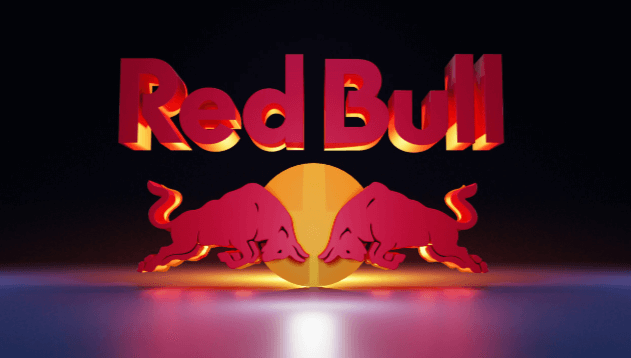Logo:9cr9pgqfocc= Red Bull

Logo:9cr9pgqfocc= Red Bull serves as a fascinating case study in branding, effectively encapsulating the brand’s ethos of strength and energy through its striking visual elements. Featuring two bulls in a dynamic pose, the design not only attracts attention but also conveys a deeper message about freedom and adventure. The choice of colors and typography further enhances its impact, prompting an examination of how these elements contribute to Red Bull’s marketing strategies. What lies beneath this iconic emblem may reveal insights into the intersection of design and brand identity that are worth exploring.
The Origin of the Logo
Although the Red Bull logo may appear straightforward at first glance, its origins are deeply rooted in cultural symbolism and strategic branding decisions.
A history analysis reveals that the dual bulls represent strength and energy, resonating with a target audience that values freedom and adventure.
This cultural significance enhances the brand’s identity, positioning Red Bull as not just a beverage, but a lifestyle choice.
Design Elements and Colors
The design elements and colors of the Red Bull logo are meticulously crafted to amplify its brand message of vigor and vitality.
Bold typography choices enhance visual hierarchy, ensuring that the logo captures attention instantly.
The dynamic interplay of red and blue not only symbolizes energy and strength but also invites consumers to embrace a lifestyle that embodies freedom and adventure.
Brand Message and Values
Red Bull’s brand message and values resonate powerfully with its target audience, driving home the importance of energy, adventure, and innovation.
This dynamic brand identity not only shapes consumer perception but also fosters a sense of freedom and exploration.
Read Also Logo:9dplwqxpy9i= Fallout 4
Impact on Marketing Strategies
Energy drinks have transformed the landscape of marketing, and Red Bull stands at the forefront of this evolution.
By leveraging sponsorship opportunities, Red Bull fosters deep consumer engagement through exhilarating events and athlete endorsements.
This strategic alignment not only enhances brand visibility but also cultivates a lifestyle identity that resonates with freedom-seeking consumers, ultimately driving loyalty and influencing market dynamics.
Conclusion
In conclusion, the Logo:9cr9pgqfocc= Red Bull serves as a powerful embodiment of the brand’s ethos, effectively resonating with an audience seeking adventure and vigor. With over 10 million cans sold daily worldwide, the logo’s impact is evident in its ability to drive consumer engagement and loyalty. The strategic use of design elements and color reinforces the brand’s message, positioning Red Bull as a leader in the energy drink market and a symbol of exploration and excitement in contemporary culture.




